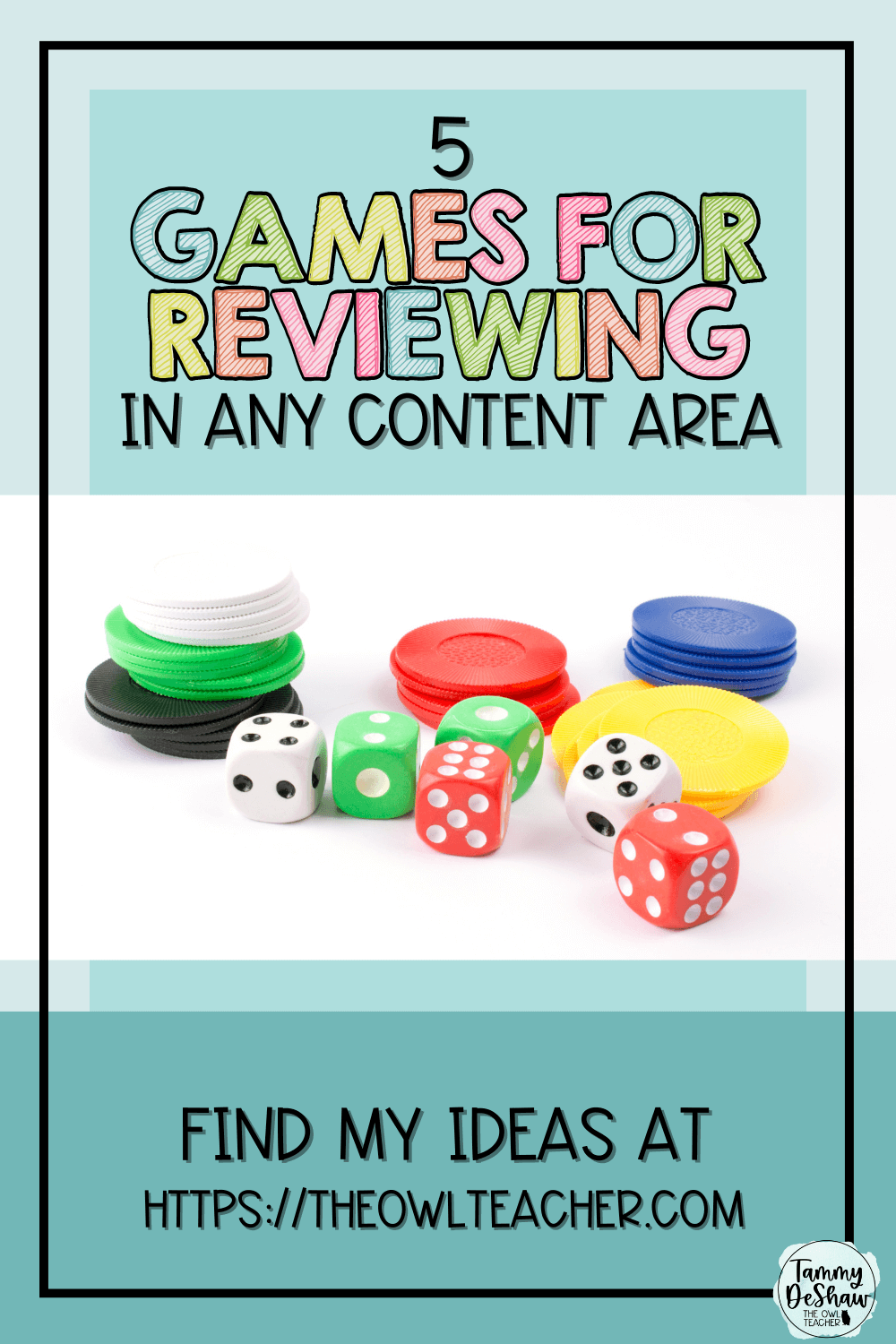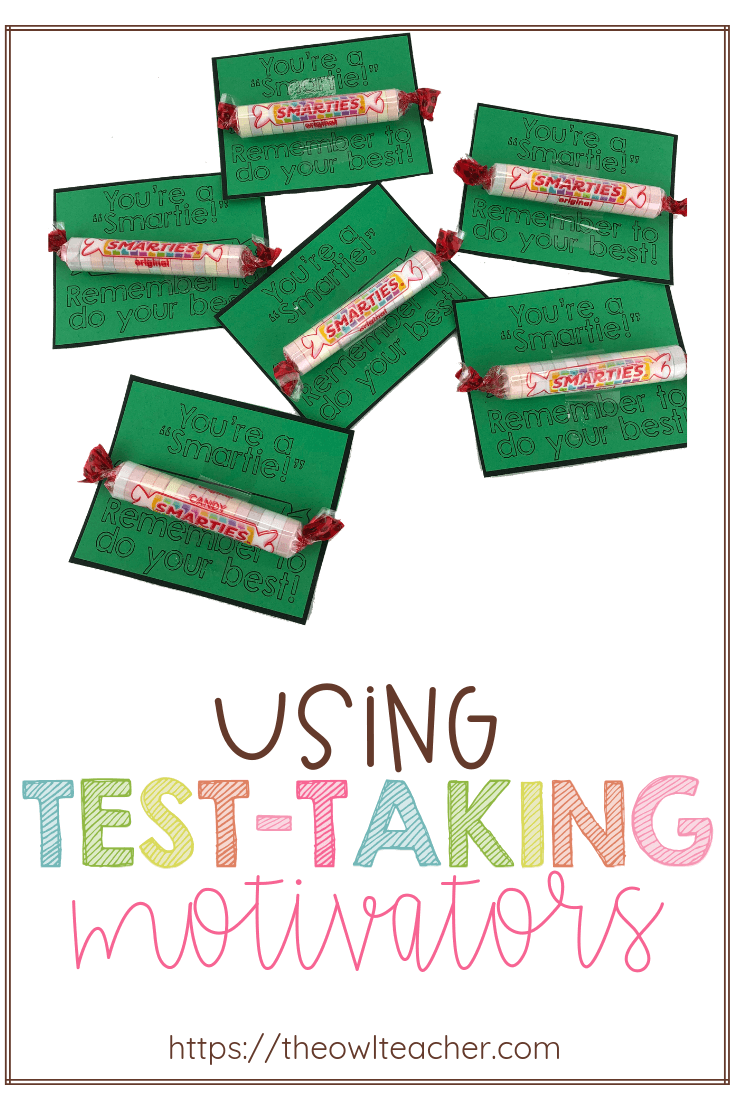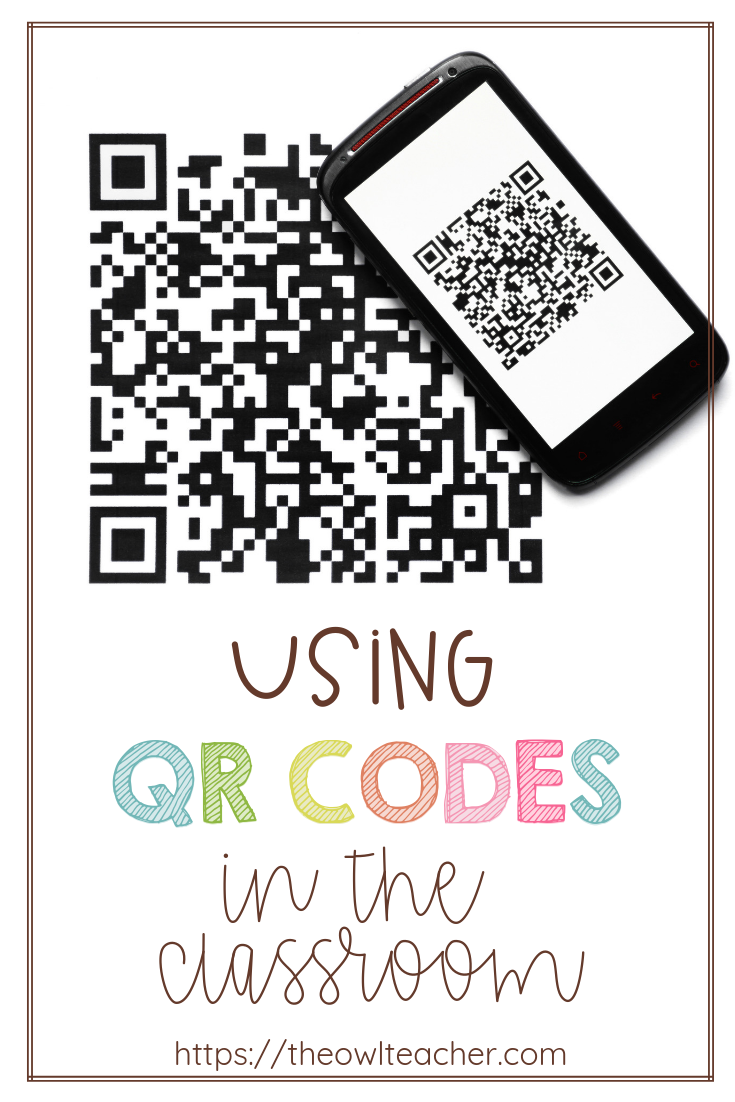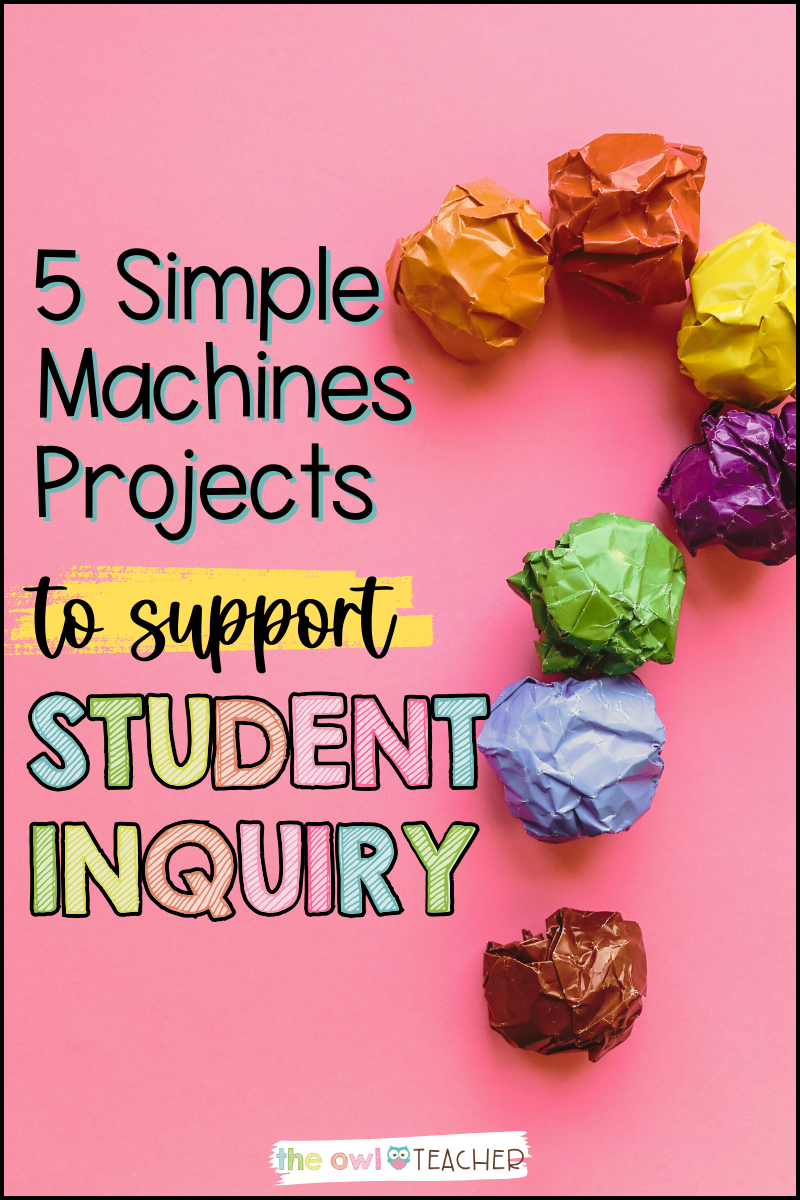
There’s a purpose I point out hands-on actions in each single weblog submit: it’s the easiest way to study! Everytime you’re in want of how to make science hands-on and fascinating, you’ll be able to relaxation simple figuring out that you just’re doing proper by your kiddos by selecting hands-on tasks.
Top-of-the-line hands-on science items are easy machines. Easy machines present a superb alternative for college kids to dive into experiential studying, providing a concrete foundation for summary ideas similar to “mechanical benefit” and “pressure.” We already know that science drawings are an amazing instrument, however to essentially carry these summary ideas all the way down to one thing extra tangible for kiddos to totally grasp.
Like I discussed in my submit on accurately implementing project-based studying, supporting pupil inquiry is without doubt one of the greatest issues you are able to do in your classroom. Fortunately, easy machines make for an ideal medium! In that vein, I’ve compiled 5 totally different easy machines tasks to help pupil inquiry along with your higher elementary college students; first, although, let’s check out why it’s essential that your college students develop a powerful understanding of easy machines.
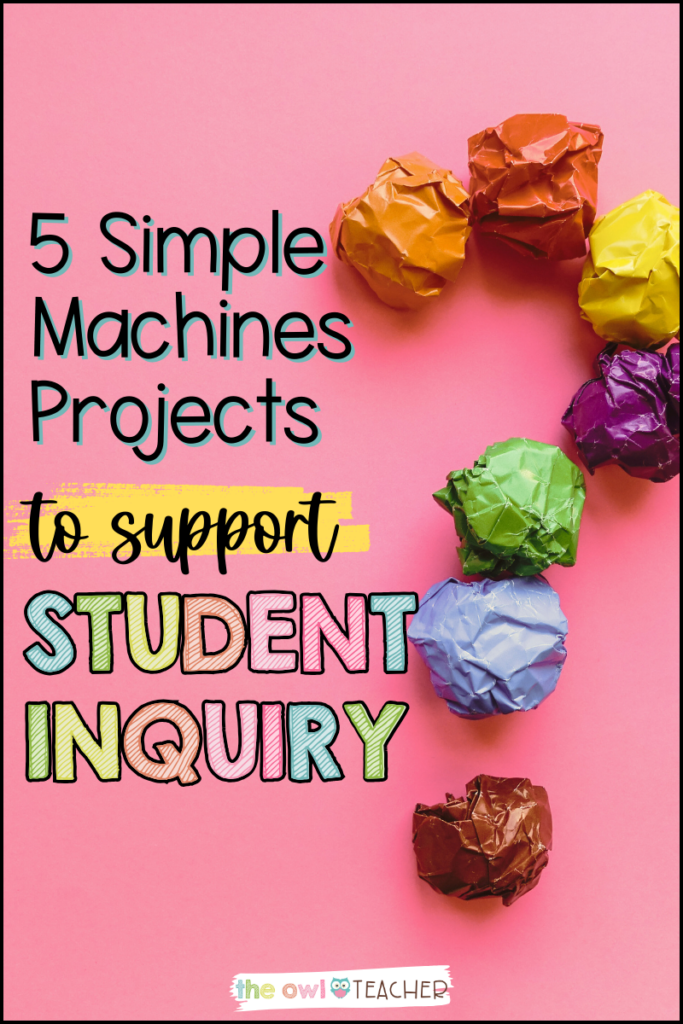
Why Easy Machines are a Large Deal
There are numerous dry, boring items in science, however fortunately, easy machines aren’t one in every of them! Easy machines make our day by day lives simpler and supply college students with the possibility to attach science to actual life by means of hands-on studying. As well as, the character of easy machines lends to ample alternative for pupil inquiry.
Finally, easy machines are elementary to numerous points of our day by day lives, usually serving as constructing blocks in bigger, extra advanced programs. Let’s check out a number of real-life purposes of the six easy machines:
- Levers are utilized in scissors, nail clippers, and seesaws on playgrounds.
- Pulleys are used with elevators, weight machines, and water wells.
- Wheels and axles are utilized in autos similar to vehicles, buses, and bicycles, and are additionally present in door knobs and steering wheels.
- Inclined planes will be present in ramps, escalators, staircases, and driveways.
- Wedges are present in doorstops, knives, axes, and chisels.
- Screws are utilized in carpentry and building, after all, however jar lids and plastic soda bottle caps additionally work on the identical precept.
Past these six easy machines, there are a plethora of compound machines which are extra advanced. Because the title implies, these are combos of easy machines that work collectively to carry out duties! Automobiles, bikes, and the famed Rube Goldberg machines all use compound machines. To get your college students eager about compound machines, work collectively as a category to checklist as many as you’ll be able to consider!
How are you going to incorporate inquiry-based studying into easy machine tasks?
It may be simple to throw numerous info at your college students with easy machines, nevertheless it’s essential to recollect to depart room for inquiry. Scholar inquiry is all about instructing college students to ask the questions, kind hypotheses, and check their theories themselves. When college students are given a easy machine undertaking, they begin with questions; as an example, “How can I carry this weight utilizing the least quantity of pressure?” Via experimentation, college students will come to grasp the mechanical benefit supplied by easy machines.
To help inquiry-based studying, I’ve compiled 5 totally different easy machines tasks. In these tasks, you’ll begin with an preliminary query. Subsequent, have college students kind their hypotheses. The hypotheses outlined under are those your college students ought to finally arrive at, however they might produce other concepts at first—that’s okay!
As soon as college students kind their hypotheses, they conduct the experiment. Lastly, have your kiddos replicate on what they study. That is the method of inquiry-based studying. College students are given the instruments to seek out their solutions and are inspired to discover in their very own distinctive methods fairly than merely being given a solution and needing to just accept it as reality.
Every of the tasks outlined under focuses on one of many easy machines, whereas the ultimate undertaking emphasizes the flexibility to mix a number of easy machines to create compound machines, particularly as a Rube Goldberg machine. Whereas the tasks could also be about easy machines, I assure they’re nonetheless partaking and thrilling!
Lever Venture: Balancing Act
To start exploring levers with this undertaking, start by posing the next questions: “Can I stability two totally different weights at two totally different distances on a lever?” and “What’s the relationship between weight and distance?” By asking these questions, you present college students with the tip objective. You present them level A (the instruments) and level B (the questions), and it’s as much as them to forge their very own path to get from one to the opposite. That’s what student-led inquiry is all about!
Subsequent, your college students will kind a speculation. For instance, they might hypothesize that the product of weight and distance on one facet might be equal to the product on the opposite facet with the intention to obtain stability. Within the experiment itself, college students ought to use a wide range of weights and distances to check their hypotheses, ensuring to report their observations so they might correctly share their findings with others.
In the long run, college students analyze their findings and focus on the idea of “mechanical benefit” and “leverage” in a lever easy machine. Whether or not their preliminary hypotheses have been appropriate or not, there’s little doubt that they nonetheless discovered from the experiment. That’s what issues in the long term!
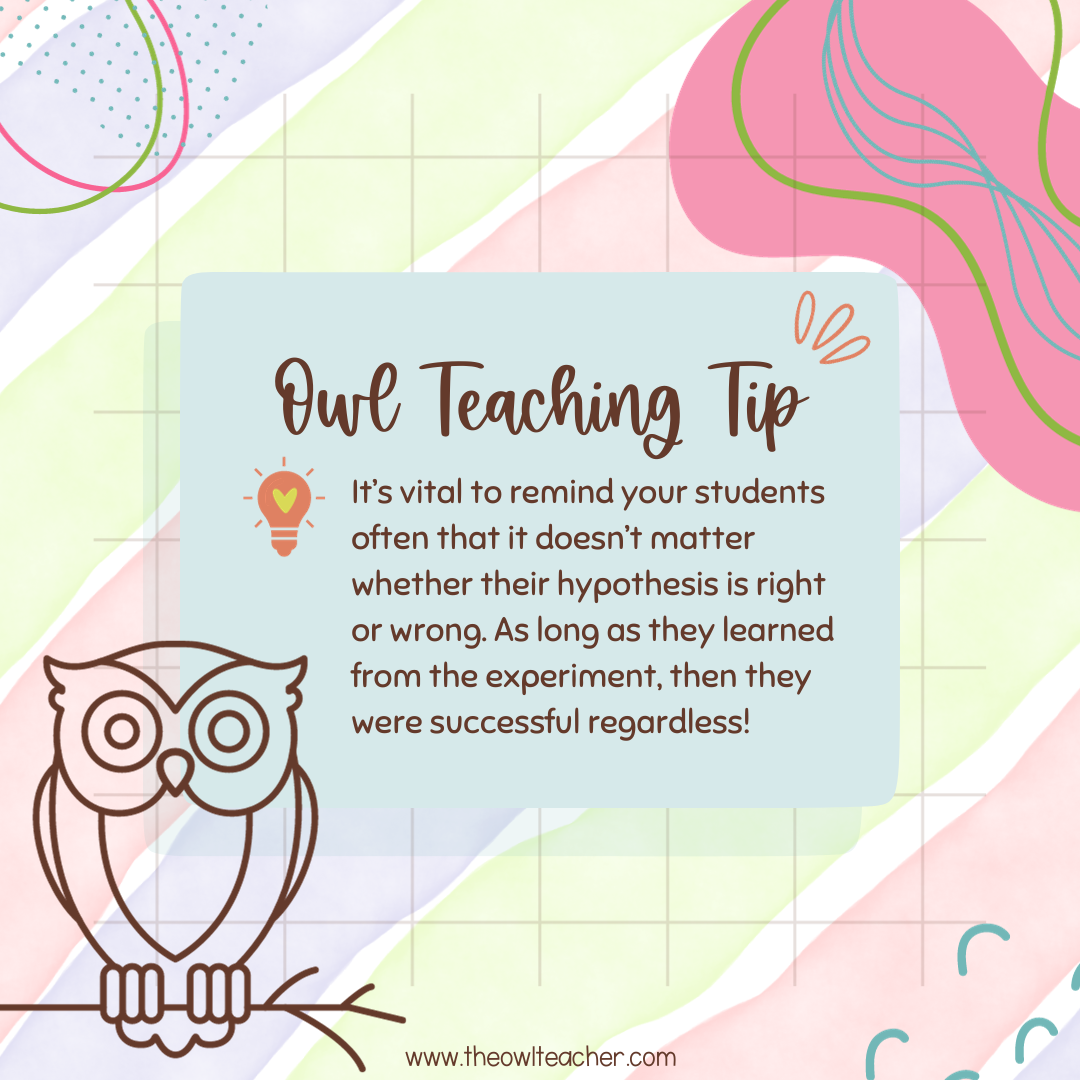
Pulley System: Environment friendly Lifting
Now that we’ve coated levers, let’s slide over to pulley programs! For this straightforward machines experiment, you’ll begin your classroom off with two questions: “What number of pulleys are wanted to carry a weight effortlessly? How does the variety of pulleys have an effect on the pressure required?” To reply these questions, college students might hypothesize that including extra pulleys will scale back the trouble wanted to carry the burden. A easy resolution for a easy machine!
For the experiment, college students will arrange pulley programs with various numbers of pulleys, utilizing the identical techniques I talked about on this weblog submit to create their pulleys. Then, they are going to measure the pressure required to carry a relentless weight for the experiment. As soon as college students have been given sufficient time to totally discover their hypotheses, the category comes collectively to match their outcomes and focus on the trade-off between complexity (the quantity of pulleys) and energy.
Is {that a} metaphor for actual life, too? Perhaps, however life isn’t any easy machine, so we’re not ! Let’s try the following easy machines experiment.
Wheel and Axle: Pace and Torque
Wheels and axles could seem fairly simple, however that doesn’t imply your classroom ought to roll proper by them! For this straightforward machines experiment, your preliminary questions needs to be “How does the scale of the wheel have an effect on the pace of the car? How does it have an effect on the trouble required to push it?” Hopefully, your college students will hypothesize {that a} bigger wheel will transfer sooner however require extra pressure to provoke motion. Pesky inertia!
Within the experiment, college students will use toy carts or vehicles with totally different sized wheels. College students can race them on a monitor and measure the pressure required to make the autos begin transferring. Of their reflections, college students ought to reference their recorded knowledge and try and establish relationships between wheel measurement, pace, and pressure.
And, hey, whereas you have already got the tracks prepared, we will use them for inclined planes, too!
Inclined Airplane: The Simpler Manner Up
To get began with inclined planes, ask your kiddos, “What’s the greatest angle for an inclined aircraft that requires the least quantity of pressure to maneuver an object upward?” After this query, college students might hypothesize {that a} extra gradual incline would require much less pressure however take a higher period of time to maneuver a sure distance than a steeper ramp would.
Irrespective of the speculation they begin out with, college students can check their theories by adjusting the angle of an inclined aircraft and measuring the pressure wanted to maneuver a weight up alongside the incline. Lastly, college students needs to be inspired to debate their outcomes and, additional, discover how they relate to real-world purposes similar to ramps and hills.
Rube Goldberg Machine: Trigger and Impact and Compound Machines
Now that we’ve taken a take a look at our easy machines experiments, let’s see how we will carry them collectively to kind a compound machine! The Rube Goldberg machine is a lot enjoyable and is one in every of my all-time favourite classroom actions. Right here, college students will mix easy machines to make a compound machine carry out a process.
Considered one of my favourite examples of the Rube Goldberg machine comes from the music video to OK Go’s “This Too Shall Go.” What number of easy machines can you see within the video? Have a look!
This video can be a superb useful resource to indicate your kiddos an instance of the Rube Goldberg machine and get their minds eager about methods to arrange their very own. In fact, should you select to indicate it in your classroom, watch out of the fourth line of the music. A well-timed “mute” ought to do the trick!
When you get your college students began, you’ll pose one query: “How can I exploit totally different easy machines to perform a particular process, similar to popping a balloon (or one other process of your alternative)?” In response, college students ought to hypothesize a wide range of sequences of easy machines that may work collectively to perform the chosen process.
Lastly, college students could have the chance to construct their Rube Goldberg machine and iteratively check and modify it to perform their objective. Your kiddos must also be given the time to replicate on what labored effectively, what didn’t, and why with the intention to acquire deeper insights into the features of every easy machine concerned.
Regardless of their title, easy machines aren’t merely cogs and sprockets; they’re catalysts for inquiry-based studying! Whether or not it’s by means of understanding the mechanical benefit of a pulley or by delving into the problem-solving intricacies of a Rube Goldberg machine, these open-ended tasks empower college students to ask questions and search solutions.
When you’ve coated every of the straightforward machines and also you’re prepared for a lesson evaluation round-up, try my Easy Machines Circle Ebook for a hands-on exercise. College students can reveal what they’ve discovered and recap their data with a cute show!
Identical to we train place worth because the cornerstone for extra advanced arithmetic, introducing and exploring easy machines lays the groundwork for higher-level scientific understanding. With that in thoughts, it’s time to carry the wonders of levers, pulleys, and Rube Goldberg machines into your classroom and watch your younger minds soar with the help of easy machines!



